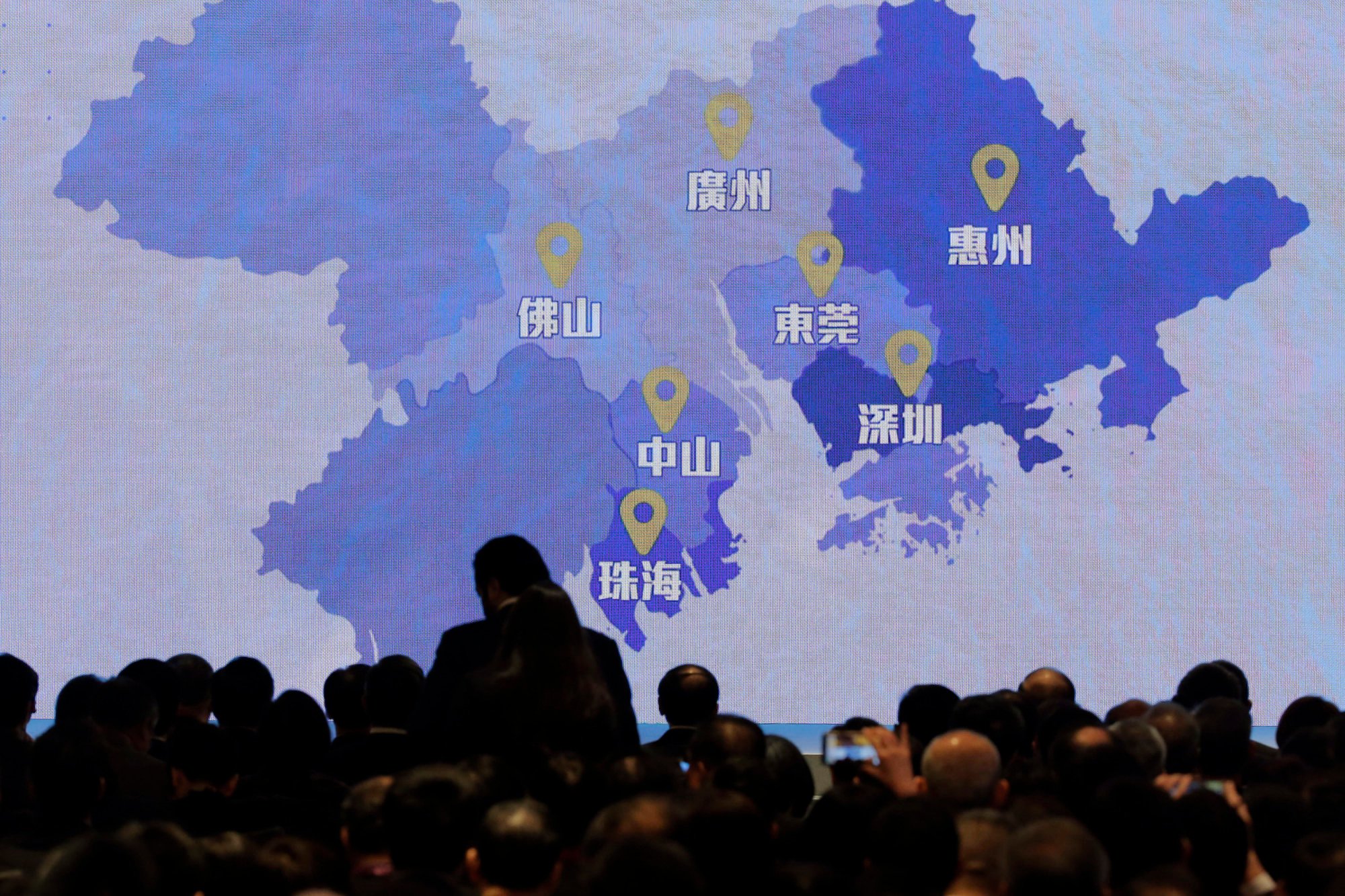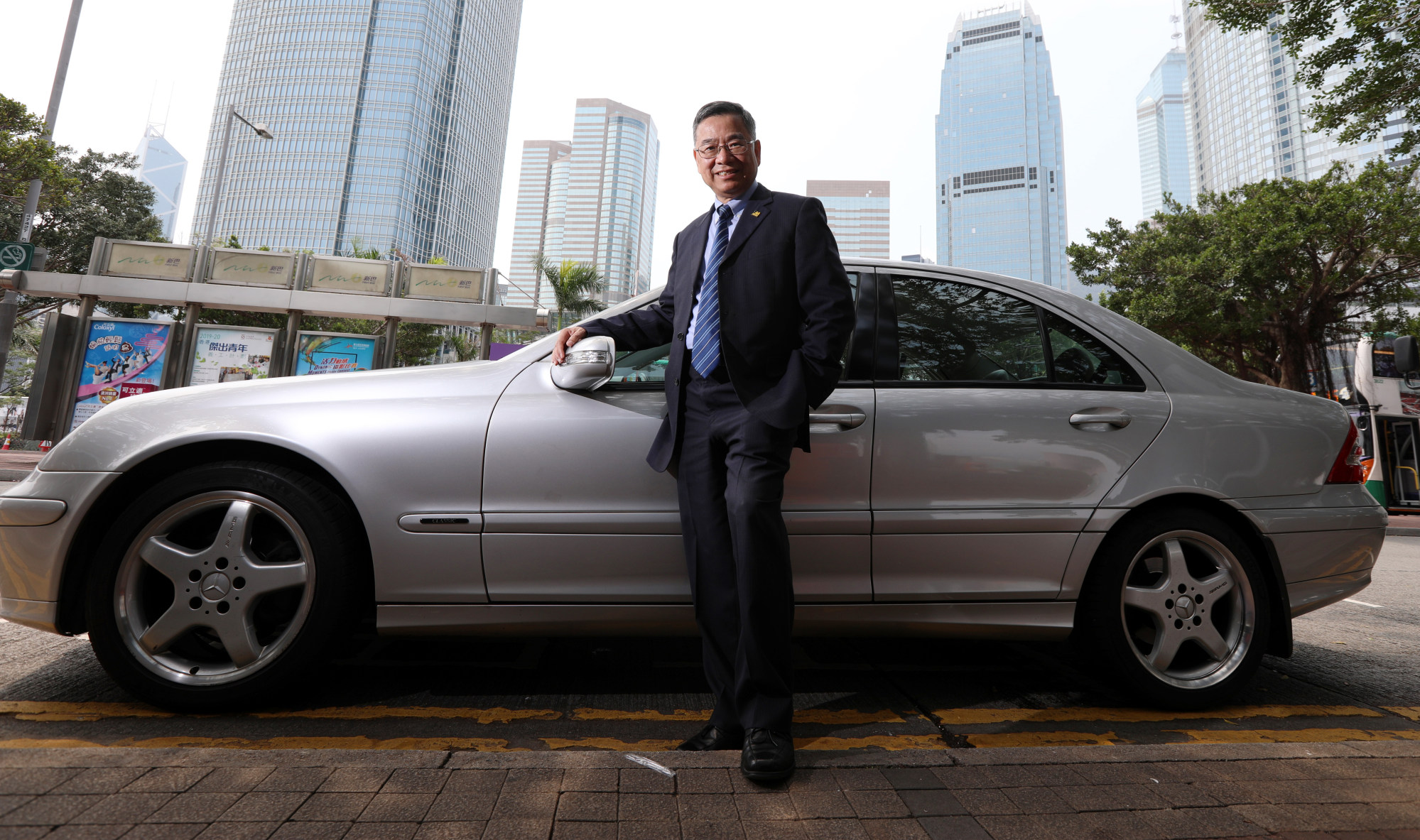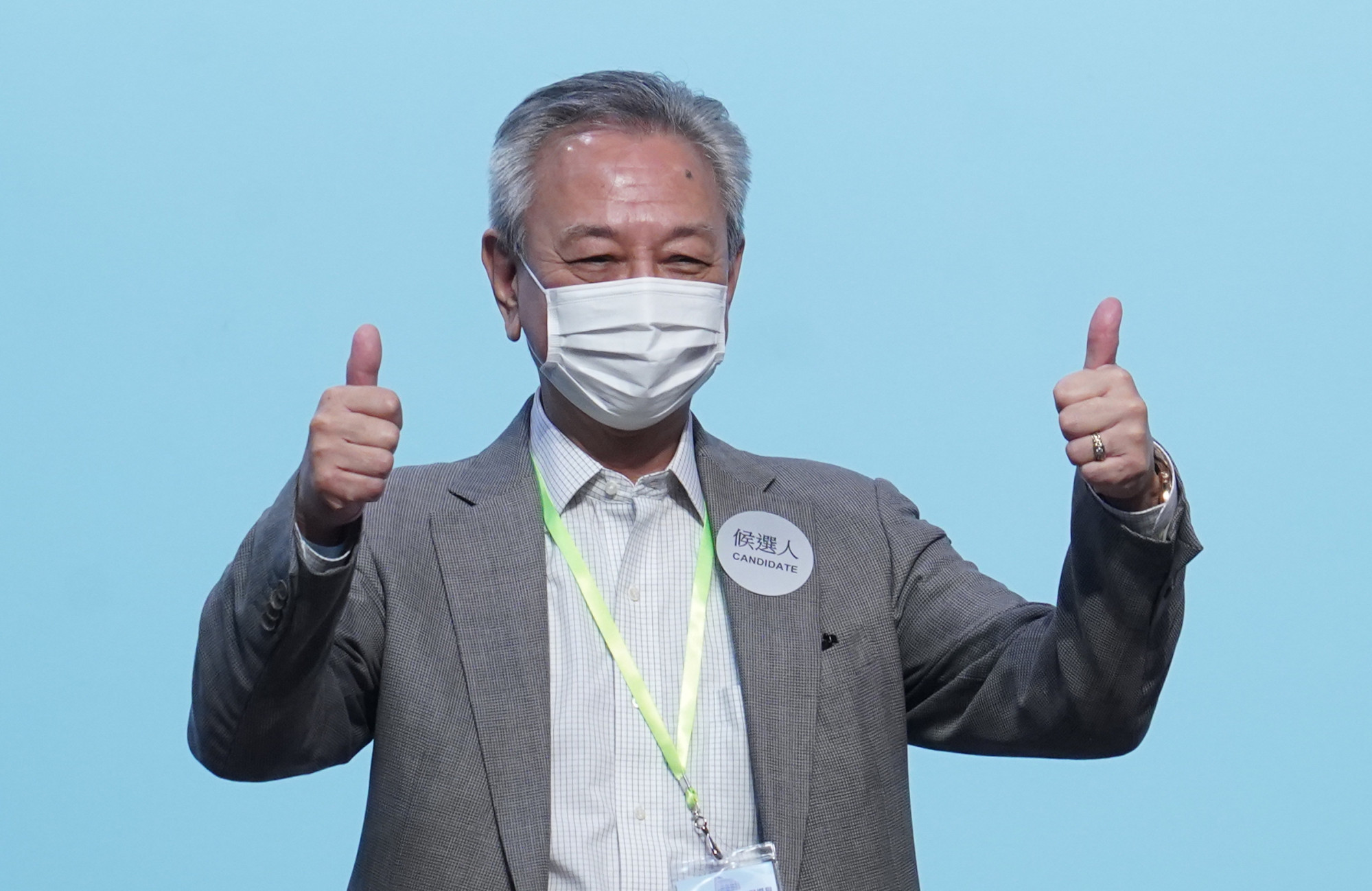
Plan to allow more private cars to drive from Hong Kong to mainland China along mega bridge faces 2 big hurdles, industry players say
- Driving private cars over Hong Kong-Zhuhai-Macau Bridge has been privilege reserved for only rich or politicians, but government has revealed quota-free scheme is coming
- But transport experts say officials should first increase number of companies that can carry out required car checks and make local driving permits recognised over border
Hong Kong’s transport authorities have been urged to resolve two hurdles facing a long-awaited quota-free scheme for private vehicles to travel over the mega bridge to Guangdong before the arrangement is rolled out this year.
The Transport and Logistics Bureau revealed on Friday that Hong Kong and Guangdong provincial authorities had agreed on the timetable for the launch.
“We are now awaiting the final approval in accordance with the procedures so we can roll this out as soon as practicable,” it said. “We will announce the scheme’s details in due course such as the application procedures and the insurance arrangement.”

Transport industry leaders said the Hong Kong government was still ironing out the scheme’s details with Guangdong, and a temporary quota would be used in the initial stage to keep the number of applications at a manageable level and avoid congestion along the bridge.
They also urged the government to come up with a solution to the capacity challenges to ensure smooth implementation of the scheme.
Ringo Lee Yiu-pui, president of the Hong Kong Automobile Association, said authorities would need to speed up checks on cars and simplify the procedures of getting a Guangdong driving licence.
Under the scheme, those heading over the border must first have their cars examined by China Inspection, a company in Yuen Long approved by mainland Chinese authorities to carry out the checks.

Lee said the firm could only handle about 7,000 car examinations each month, and bookings were already full until July.
“There will be a temporary quota in place in the early stage of the scheme to avoid an influx of applications. But there is only one designated car testing centre for checking cross-border vehicles. It definitely can’t cope with the sharp spike in demand,” he said.
“At present, the queue at China Inspection is already very long. The government needs to persuade Guangdong authorities to allow the firm to outsource car examination services to other car testing centres to speed up car inspections.”
Hong Kong to scrap departure tax for those headed to airport via mega bridge
Lee noted drivers were also required to obtain a Guangdong driving licence in Shenzhen, which he said was inconvenient as the process usually took up to half a day.
“If the authorities can simplify this procedure by turning Hong Kong’s driving licence into a mutually recognised one, then it will provide a lot of convenience to motorists,” he said.
Lawmaker Frankie Yick Chi-ming, representing the transport sector, agreed, saying: “The most ideal arrangement is that one licence and one insurance policy can be applicable in three places without going through the red tape. This will greatly enhance the flow of vehicles between these three places and boost the development of the bay area.”

Under the scheme, motorists with local identity cards, home return permits issued by mainland authorities and Hong Kong or mainland driving licences will be allowed to drive across the border and stay up to 30 consecutive days each time, subject to an annual maximum of 180 days.
City residents with foreign passports and visas will also be allowed to drive on the mainland if they have the required driving permit. Car owners will be exempt from paying mainland customs duties on the value of their vehicles or applying for guarantee arrangements.
Currently only 16,700 out of more than 570,000 private cars in the city are allowed to cross the border. The vehicles carry the Chinese character Yue, the official abbreviation for Guangdong province, on their number plates.
Will a Shenzhen link to the mega bridge benefit Hong Kong?
Hongkongers with significant levels of investment in Guangdong or tax contributions to the province and local political delegates to the nation’s top legislature or political advisory body are among those who qualify for the cross-border “regular quota”.
The 55km bridge, the world’s largest sea-crossing, was opened in late October 2018 after two years of delays and billions of dollars in budget overruns, with Hong Kong’s bill for the project snowballing to HK$120 billion (US$15.29 billion).

